Every movie in the Purge franchise has been more overtly sociopolitical than the one before it, and The First Purge takes the series to new, gloriously radical heights in a powerful, if unsubtle, expression of the fear, frustration and anger of people of color in the United States. It’s like a grassroots explosion of the collective id of America’s racial minorities, a fever dream of the pent-up emotions of the underserved and over-policed. I don’t know if creator James DeMonaco initially envisioned the franchise as such, but the Purge films have become something of a Trojan horse, morphing from what on the surface seemed like a straightforward Assault on Precinct 13-meets-The Strangers siege/home invasion movie into this unabashed statement against systematic racism.
The First Purge steps back in time (in this alternate US timeline, I believe it’s 2017, although the film never says so specifically) to take a look at the beginning of the social experiment to legalize all crime for a 12-hour period. Ostensibly, its purpose is to allow people to let off some steam, but as the first three films showed, the government is using it as population control, thinning the herd by targeting lower classes — primarily minorities — for extermination.
Before it can be approved for a national rollout, though, the Purge is given a trial run, with Staten Island as the testing ground. (For the sake of poetic license, I’ll forgive the fact that Staten Island is by far the whitest of the New York boroughs.) The government offers residents $5,000 to stay and even more money to actively participate in the killing, hoping this carrot will trigger the sort of violent mayhem that proves the Purge is a worthwhile endeavor.
Amongst those staying on this island are community activist Nya (Lex Scott Davis), who organizes anti-Purge protests; her ex-boyfriend Dmitri (Y’lan Noel), a drug-running gangster with a heart of gold; her little brother Isaiah (Joivan Wade), whose desire for a better life puts him in harm’s way; and Skeletor (Rotimi Paul), a psychotic junkie dying to get his Purge on who serves as the primary non-government-affiliated baddie in the film.
Although The Purge, The Purge: Anarchy and The Purge: Election Year each featured black characters in major roles, this is the first in the franchise with black characters as the outright stars — and frankly, it’s about time, given the series’ increasingly racially charged content. It’s also the first helmed by a black director, with DeMonaco stepping aside this time around (although he wrote the script) in favor of Gerard McMurray (Burning Sands), further ingraining a sense of African-American identity within the fabric of the film.
Most of the cast is black, and practically all of the island residents shown are minorities, while the government side is almost completely white. If the racial connotations don’t jump out at you from the casting alone, the government’s racist motivations become almost comedically clear when they call in ringers — including Klansmen in full regalia, white supremacists and assorted hired guns wearing blackface masks and dressed as policemen and something approaching Nazi chic — to jump-start the violence.
On top of this, there’s a slew of references that make it evident The Final Purge is a movie explicitly of its time. When Nya evades the clutches of a would-be rapist, for instance, she calls him a “pussy-grabbing motherfucker,” a nod to Trump’s infamous Access Hollywood tape. The scenes of Nya leading black and brown protestors rallying against the government recall the efforts of the Black Lives Matter movement. A brief but potent scene of police-clad mercenaries surrounding a prone black man echoes the all-too-common incidents of police brutality that fueled the BLM movement. (The scene takes place on a baseball field as “America the Beautiful” plays in the background, seemingly an homage to the Colin Kaepernick National Anthem controversy.) There’s a mass shooting in an African-American church by white supremacists that evokes the tragedy in South Carolina. And yes, some of the government’s hired goons are in fact Russian.
Is it over-the-top? Sure, but just like Get Out, it’s this sort of exaggeration that drives home the point. If you think the saturation of grotesque imagery for 90 minutes is tiresome, imagine dealing with it on a daily basis for your entire life. The Final Purge is itself a purge. It hurls the ugliness of racism and oppression onto the screen, then allows the black heroes to unleash their fury in resisting and ultimately overcoming it — bringing the audience along to experience the bloody catharsis vicariously. It might not be something white viewers can truly appreciate, but for me, it was palpable. In particular, a scene in which Dmitri wraps his hands around the neck of a goon in a blackface mask and strangles the life out of him — the camera alternating between the mask’s perverse, smiling visage and D’s look of tenacious, clenched-jaw determination — basically encapsulates the entire movie.
Of course, The First Purge is not without some issues. You could say it glorifies the gangster lifestyle — Dmitri is a flashy, modern incarnation of Nino Brown — but unlike Nino, D’s character arc leads him to see the error of his ways, and he ends up putting his guns to “good” use.
More troublesome is the fact that the film could be accused of buying into colorism, particularly when it comes to actresses (where the issue most commonly arises in Hollywood). Of the five primary female characters, one is white (Marisa Tomei — on the government side, natch), three are light-skinned (heroine Davis, veteran Puerto Rican actress Lauren Velez and a young girl who plays her daughter) and the one dark-skinned woman, Nya’s neighbor Dolores (Mugga), is the designated comic relief. Her purpose seems to be to yell profanity-laden complaints and eschew the concept of shame, freely proclaiming to all at one point that she pooped her pants. It’s a cringe-worthy role that serves a purpose not unlike that of the comedic “spook” roles in horror films of the ’30s and ’40s. (The only other dark-skinned females of note, incidentally, are a prostitute and a crazy bag lady.)
Thankfully, the good in The First Purge greatly outweighs its problems. Even those who wish to gloss over the timely message and take it at face value as an action-horror thrill ride should find it a worthwhile dystopian nightmare. Admittedly, it builds slowly (intentionally so, as this is a key point in the plot), but once the shit hits the fan, the action scenes are harrowing, well orchestrated and stylishly directed (although there’s too much CGI blood for my old-school liking). The square-jawed Noel cuts a striking figure as an action hero — burly but with fluid hand-to-hand combat movements that make him an able successor to Wesley Snipes and Michael Jai White as the next “Rambro” in the making.
Fans of the franchise will find it a little more action-oriented than the other films and more grounded in reality in the sense that the Purgers aren’t all raving lunatics. They’re shown as normal citizens thrust into abnormal circumstances, and when externally manipulated, they give into fear, greed and dangerous groupthink tendencies. We even delve into the psychology behind their actions, like why would they wear masks if what they’re doing is legal? Is it just for intimidation, or are they secretly ashamed of their actions?
While The First Purge is a mainstream movie, it’s got revolutionary DNA, and despite its flaws, it has more heft and ambition than almost anything showing at your local multiplex. It epitomizes the struggle for social equality in that the survivors of the battle know that the war is coming, and as Dmitri utters in the final words of the film, “Now, we fight.”
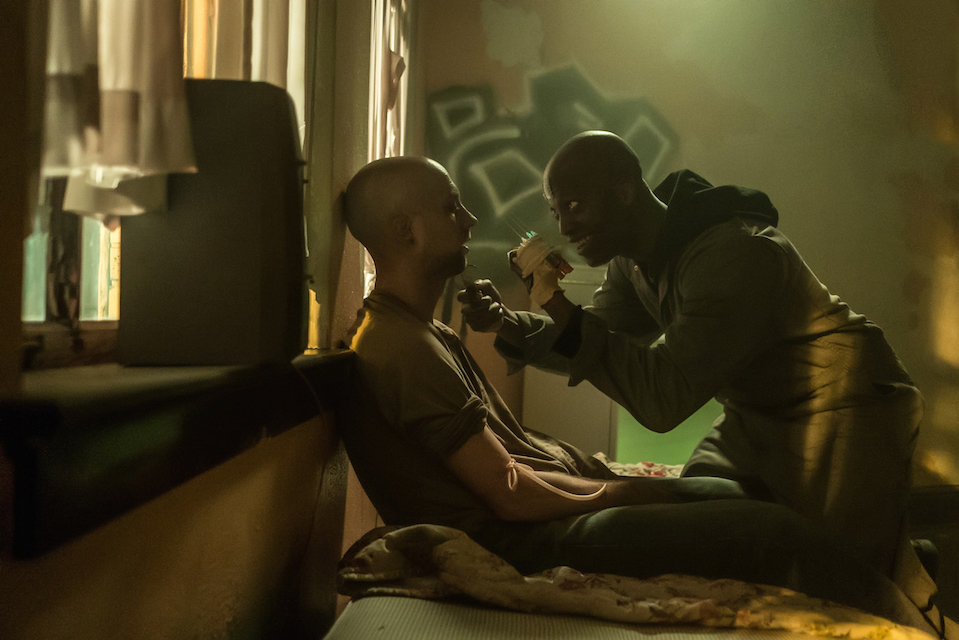
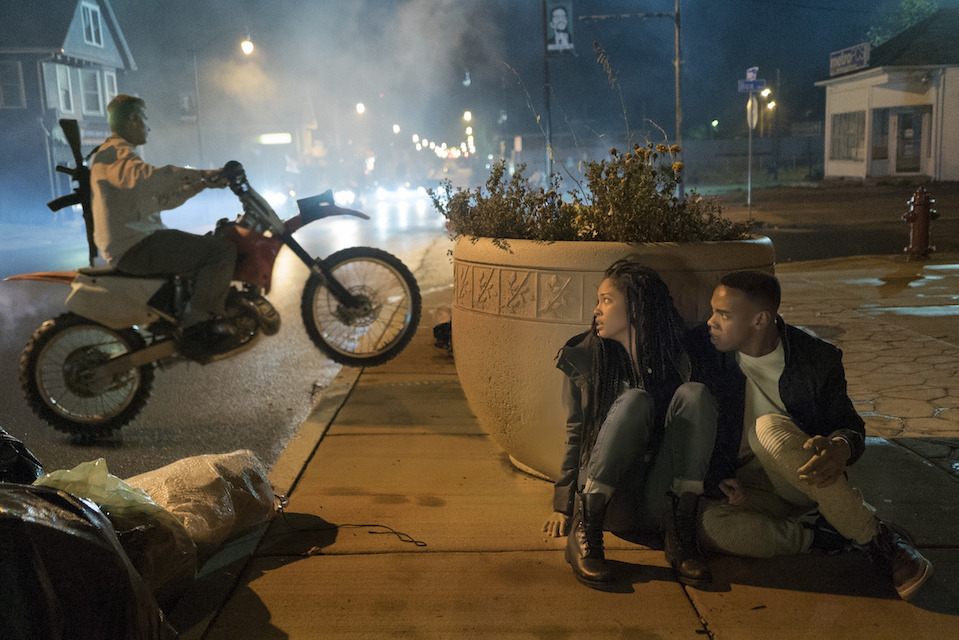
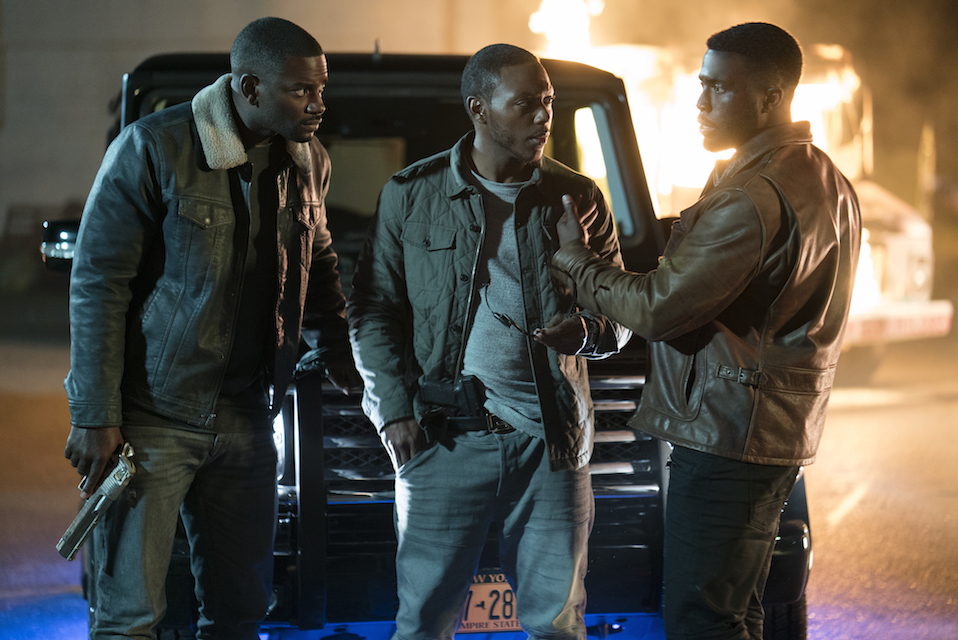
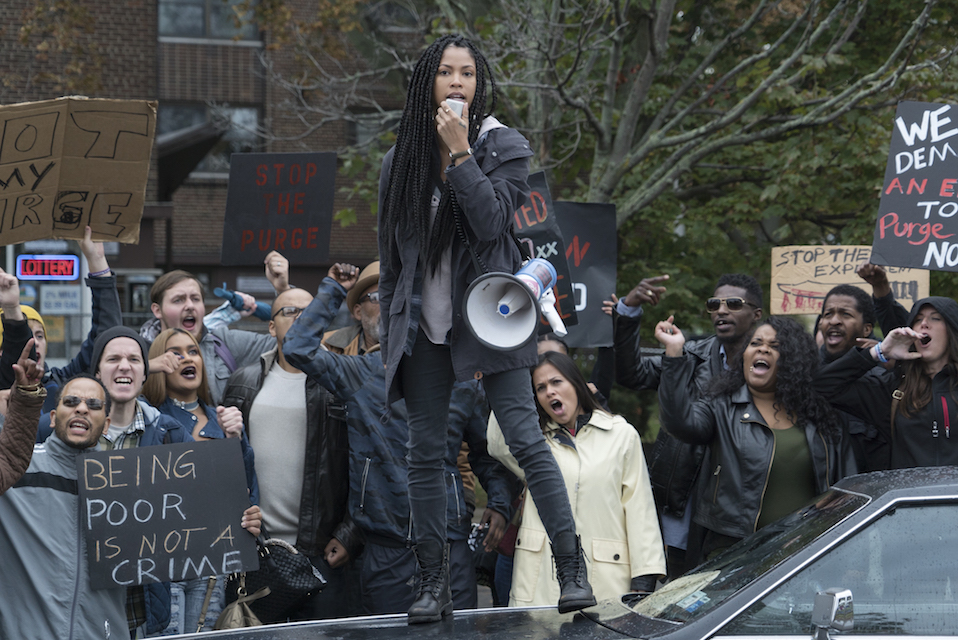
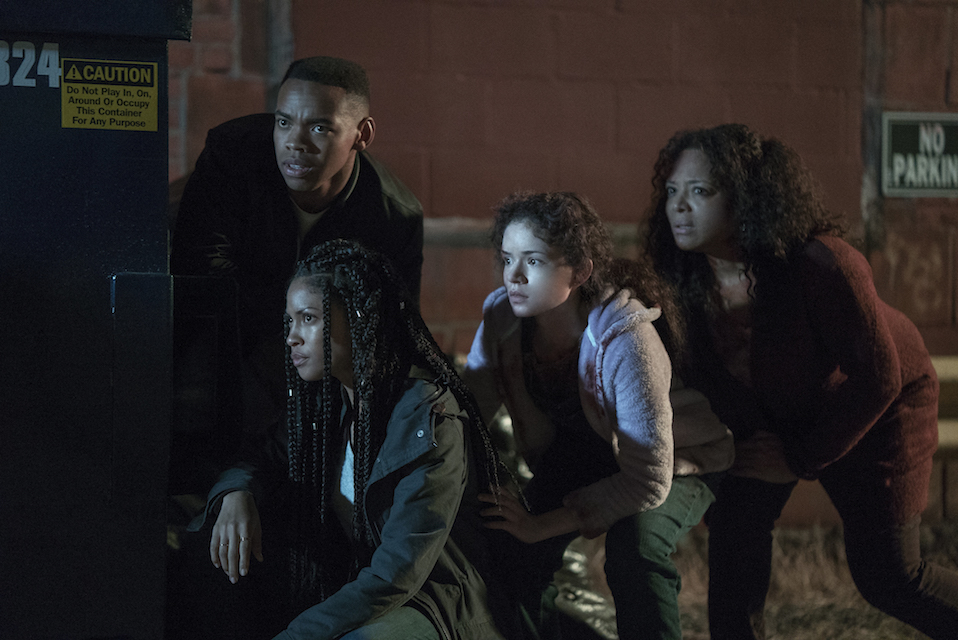

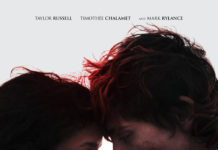


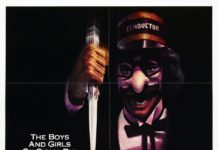
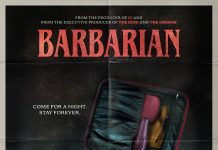
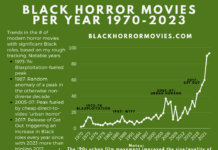

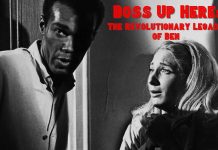
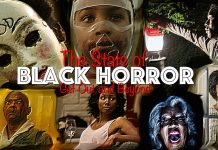

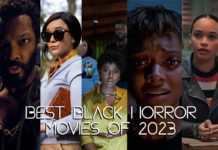




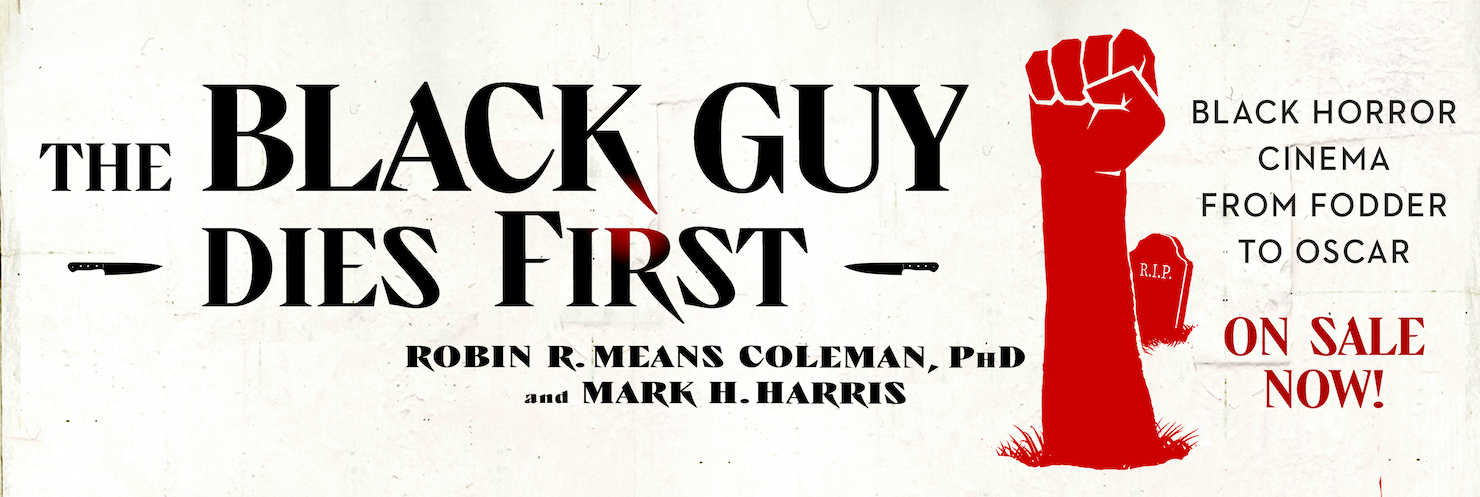
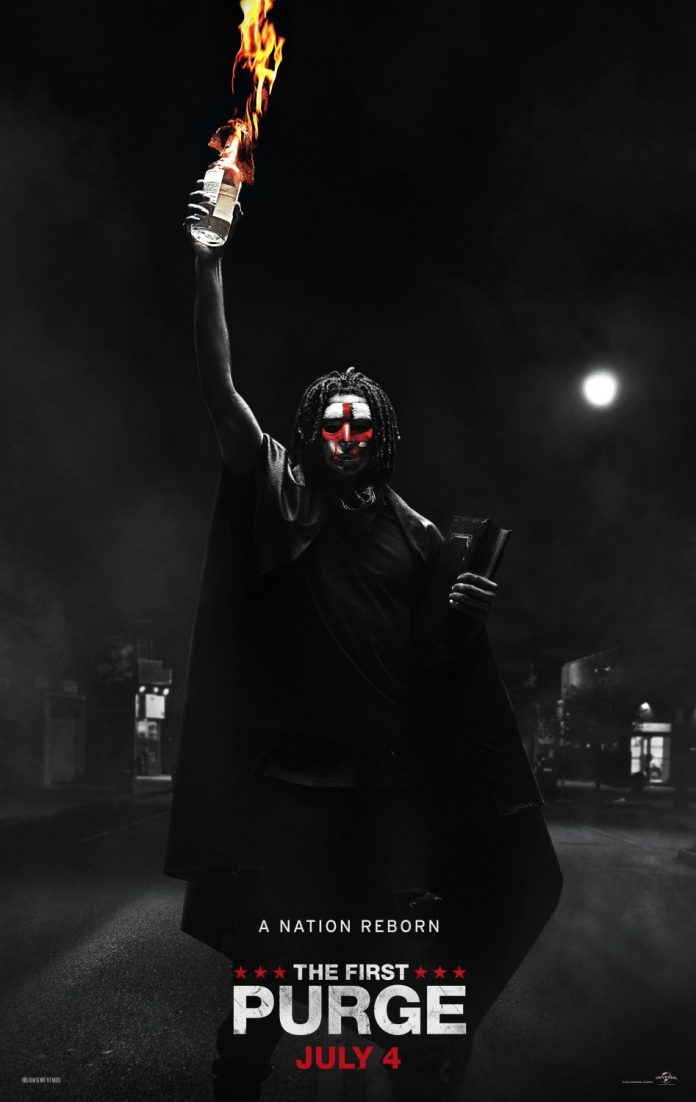

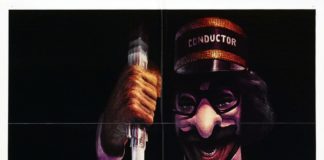
See, we differ because when you say the commentary is “almost comedically clear” when the mercs start showing up dressed in literal Klan hoods, it crossed that line for me. I felt like the filmmakers were nudging me in the side the whole time going “do you get it? do you get what we’re saying?” I don’t think I’m THAT much smarter than the average audience member, and I got it before. Disclaimer: I am white, so society’s omnipresent racism isn’t something I live with every day, but by the time the Nazi and his blackface mask wearing soldiers showed up, I was asking myself why I ever expected it to have any subtlety.
Also, from a purely narrative standpoint, how do the KKK robes make any sense? A. this stuff is being broadcast all over the country, so wouldn’t this go from the dogwhistle politics it had always been to “yeah no, it’s totally about killing black people, see?” And B. Even if you’re super committed to your racist regalia, I do not see how wearing a hood isn’t an enormous tactical disadvantage.